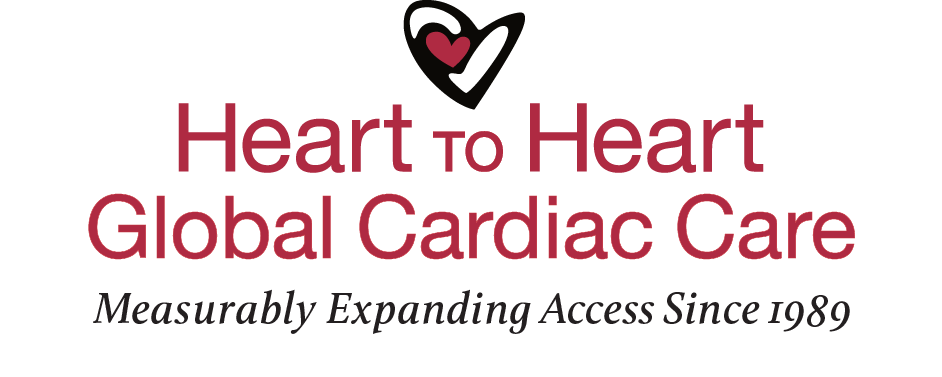Gaining traction in our new collaboration in Lima
Clinical training in the operation room Dr. Laura Berenstain (anesthesiologist, Children’s Hospital of Philadelphia) demonstrates an approach to inserting an arterial line as the joint Heart to Heart-INCOR surgical team prepares a 16-month-old child for open heart surgery.
We have returned to INCOR (National Cardiovascular Institute) in Lima, Peru with a full pediatric cardiac team for our third congenital heart disease training mission since we began our collaboration in early 2016. Led by Dr. Kirk Kanter (surgeon, Children’s Healthcare of Atlanta) and Dr. Frank Cetta (cardiologist, Mayo Clinic), our 16-member team – 11 medical volunteers supported by Heart to Heart admin/interpreting staff – has been working with our Peruvian colleagues to advance pediatric cardiac care in the country’s most established children’s heart program.
Now midway through our mission, we continue to fortify our Peruvian colleagues’ foundational knowledge with a comprehensive, detailed review of ventricular septal defects (VSDs). VSDs are the most common type of congenital heart defect, but despite being very treatable, the majority of children born with life-threatening VSDs across the world go untreated due to the lack of access to timely surgical care. Heart to Heart is dedicated to developing new teams of specialists to expand access worldwide.
At INCOR, by focusing on treating different types of VSDs in children of all ages, we can play an important role in improving the surgical outcomes for hundreds, and eventually thousands, of Peruvian children born with this type of heart disease every year.
Pathophysiology of VSDs Dr. David Teitel (cardiologist, UCSF Benioff Children’s Hospital, San Francisco) discusses the physiology of VSDs to an audience of 51 INCOR cardiac specialists with consecutive interpreting support from Dr. Hernán Cárcamo.
As Heart to Heart team members implement our program model each day, we are providing comprehensive, multidisciplinary teaching and training – promoting harmonious team-wide growth among all the subspecialties that make up pediatric cardiac medicine. Our medical volunteers come from a variety of top U.S. pediatric cardiac programs and represent a range of subspecialties – offering expertise in everything from diagnostic echocardiograms to reducing hospital-acquired infection among children with heart defects.
Thus far, the joint pediatric Heart to Heart-INCOR team has performed four open heart surgeries, one catheter-based intervention, 8 transesophageal echos, and has provided comprehensive consultations on dozens of patient cases. We are excited to have another opportunity – already our third! – to work side-by-side with our INCOR colleagues to save these vulnerable young children. And we can feel the traction Heart to Heart is gaining as we learn more and more about our colleagues’ systems and challenges and work together to determine how best we can successfully collaborate with INCOR specialists to advance nationwide cardiac care in Peru for children born with congenital heart disease.


